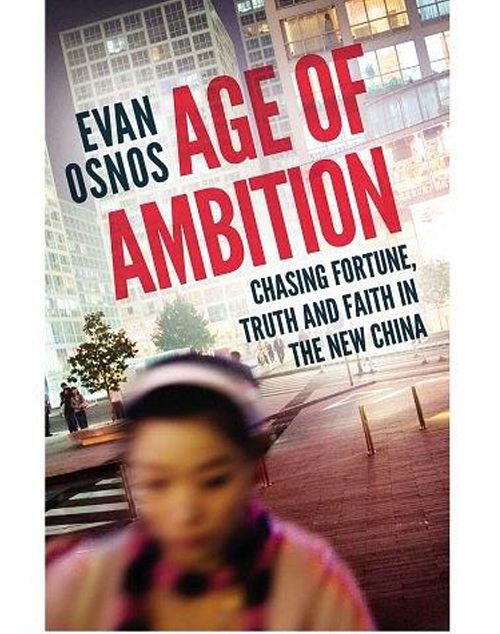內容簡介
From abroad, we often see China as a caricature: a nation of pragmatic plutocrats and ruthlessly dedicated students destined to rule the global economy—or an addled Goliath, riddled with corruption and on the edge of stagnation. What we don’t see is how both powerful and ordinary people are remaking their lives as their country dramatically changes.
As the Beijing correspondent for The New Yorker, Evan Osnos was on the ground in China for years, witness to profound political, economic, and cultural upheaval. In Fortune, Truth, and Faith, he describes the greatest collision taking place in that country: the clash between the rise of the individual and the Communist Party’s struggle to retain control. He asks probing questions: why does a government with more success lifting people from poverty than any civilization in history choose to be the first regime since Germany in 1935 to prevent the relatives of a Nobel Peace Laureate from accepting his prize? And why do millions of young Chinese professionals—fluent in English and devoted to Western pop culture—consider themselves “Angry Youth,” dedicated to resisting the West’s influence?
Writing with great narrative verve and a keen sense of irony, Osnos follows the moving, illuminating stories of everyday people and reveals life in the new China to be a battleground between aspiration and authoritarianism, in which only one can prevail.
作者簡介
歐逸文於2008年成為《紐約客》的專職作家。他曾是該雜誌駐中國記者,2005年到2013年居住在中國。2013年起成為《紐約客》駐華盛頓記者。
目錄
CONTENTS
Prologue
Part I: Fortune
1. Unfettered
2. The Call
3. Baptized in Civilization
4. Appetites of the Mind
5. No Longer a Slave
6. Cutthroat
7. Acquired Taste
Part II: Truth
8. Dancing in Shackles
9. Liberty Leading the People
10. Miracles and Magic Engines
11. A Chorus of Soloists
12. The Art of Resistance
13. Seven Sentences
14. The Germ in the Henhouse
15. Sandstorm
16. Lightning Storm
17. All That Glitters
18. The Hard Truth
Part III: Faith
19. The Spiritual Void
20. Passing By
21. Soulcraft
22. Culture Wars
23. True Believers
24. Breaking Out
Epilogue
Note on Sources
Acknowledgments
Index

